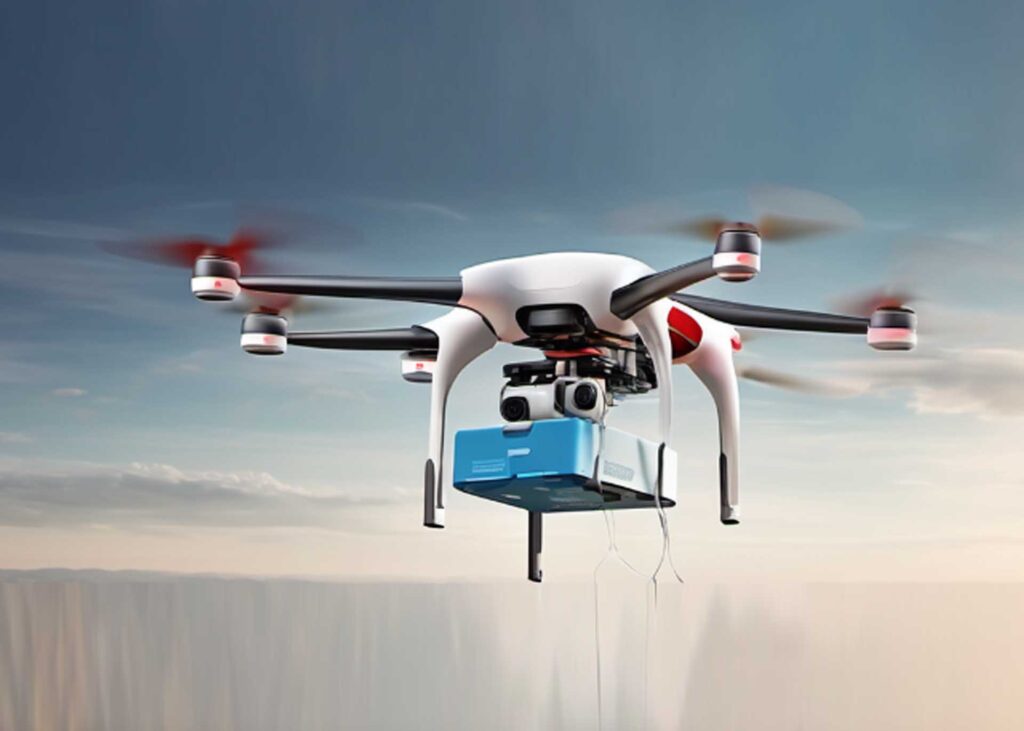SkyGuard Avian - Next-Gen Airport Safety Solution for Bird Control and Civilian Drone Interception.
Problem Statement
Bird strikes on aircraft and the unauthorized presence of civilian drones in restricted airport zones pose constant threats to aviation safety. Conventional bird control methods have limitations, and the increasing use of civilian drones requires a proactive, efficient, and technology-driven solution to ensure the safety of flights, passengers, and assets.
Solution
SkyGuard Avian combines the power of drones equipped with bird recognition capabilities and the ability to intercept civilian drones, a robust surveillance network, and advanced edge hardware for real-time decision-making. Trained to recognize and respond to bird presence, these drones operate collaboratively with the airport’s existing CCTV cameras and surveillance infrastructure. Additionally, they can intercept and neutralize civilian drones entering restricted areas.
Key Components
- Trained Drones: Equipped with computer vision algorithms, these drones are trained to recognize various bird species accurately and intercept unauthorized civilian drones.
- Surveillance Network: A comprehensive network of CCTV cameras strategically placed across the airport provides constant monitoring of bird activities and identifies civilian drones in restricted zones.
- Edge Hardware: The integration of edge computing ensures swift processing of data, enabling real-time decision-making and immediate responses.
Operation Workflow
- Autonomous Flight:
○ Drones navigate autonomously using edge-processed data, avoiding obstacles and adapting to changing environmental conditions.
○ Low-light and weather sensors ensure safe and reliable transportation.
- Connectivity-Aware Deliveries:
○ Drones leverage connectivity relay stations for brief windows, transmitting essential data through secure channels.
○ Edge computing minimizes reliance on continuous connectivity, ensuring successful operations even in areas with network jammers.
- Real-time Monitoring:
○ Ground control monitors the entire operation in real-time, receiving updates on drone locations, weather conditions, and successful interceptions.
○ Edge-enabled analytics provide actionable insights for future missions.
Benefits
- Enhanced Safety: Mitigates the risk of both bird strikes and unauthorized drone presence, safeguarding aircraft, passengers, and airport infrastructure.
- Efficient Hazard Control: Drones respond promptly to bird sightings and intercept unauthorized drones, preventing potential hazards before they escalate.
- Real-time Decision-Making: Edge hardware enables quick data analysis, allowing instant response to evolving situations.
- Cost-Effective: Offers a more efficient and cost-effective alternative to traditional bird control methods and drone interception measures.
- Minimized Disruptions: Reduces the need for flight delays or cancellations due to bird-related concerns or unauthorized drone activities.
Potential Impact
SkyGuard Avian, with its dual capability to manage bird hazards and intercept civilian drones, has the potential to revolutionize safety measures at airports. By leveraging technology to proactively address multiple threats, airports can enhance operational efficiency, reduce maintenance costs, and prioritize the safety of air travel in the face of evolving challenges.
